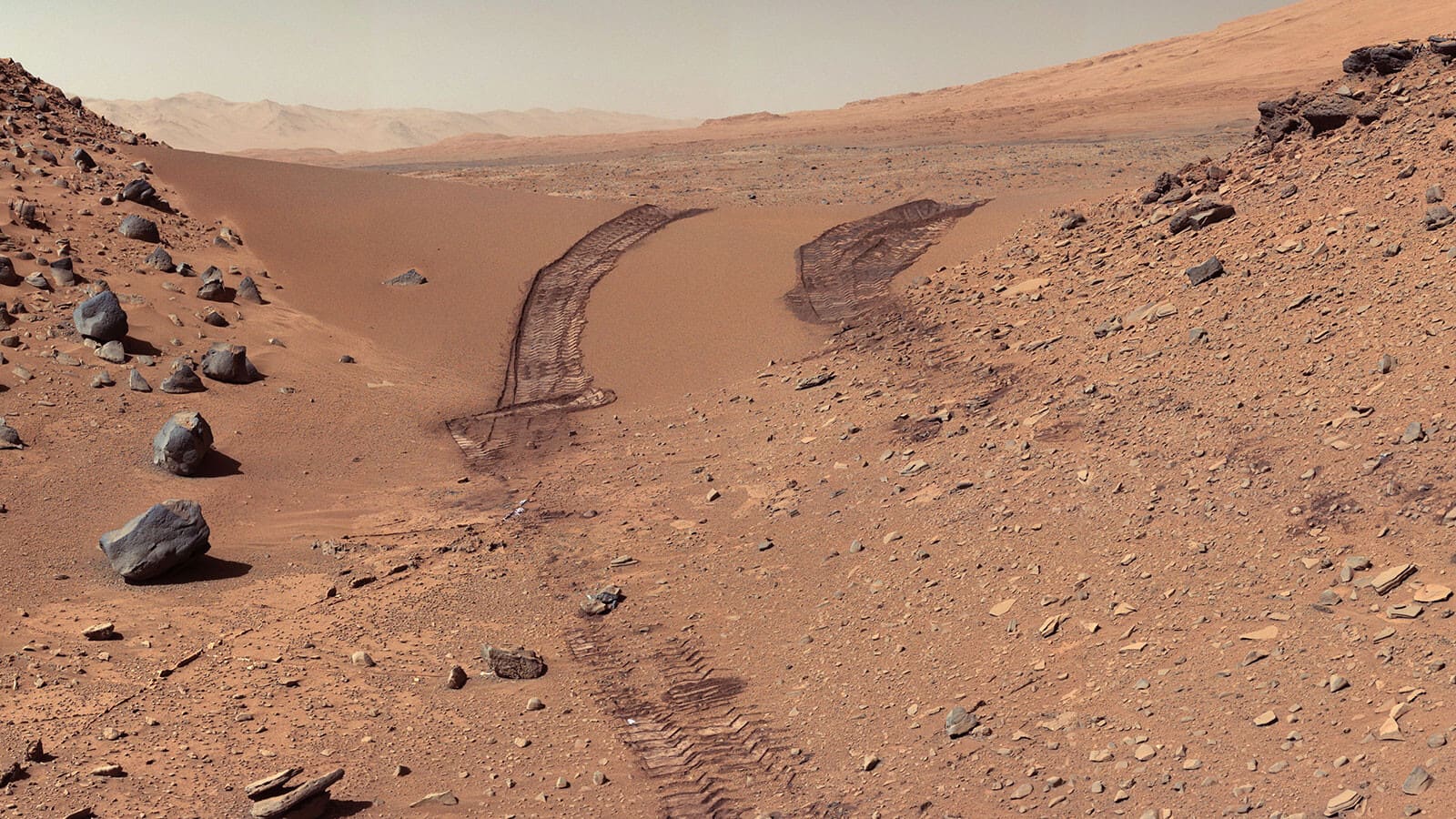
Scientists may have finally discovered why Mars is red
What's the story
Mars, popularly known as the "red planet," has fascinated scientists for decades with its unique rusty color. The cause of the unusual color has been linked to iron minerals in the dust that coats Mars. The minerals are thought to have formed by a reaction between iron in Martian rocks and water or oxygen.
Color source
Iron oxide: The key to red hue
The iron in Martian rocks is believed to have reacted with water or oxygen, creating iron oxide — much like how rust forms on Earth. Over billions of years, this iron oxide crumbled into dust and was distributed across the planet by Martian winds. This theory contradicts earlier notions that the red color was due to hematite, a dry mineral present in iron ore.
Theory revision
New research challenges existing theories
Past studies of iron oxide on Mars, based solely on spacecraft observations, didn't find any evidence of water. This led scientists to believe that the iron oxide was hematite, a dry mineral formed through reactions with the Martian atmosphere. However, new research suggests a different mineral that forms in cool water may be responsible for Mars's red hue.
Mineral discovery
A new explanation for Mars's red color
The research team, led by Adomas Valantinas, a postdoctoral fellow at Brown University, analyzed data from several spacecraft and compared it with the composition of a Martian meteorite. Their findings indicate that ferrihydrite was a plausible explanation for oxidized iron on Mars. "Mars is still the Red Planet," said Valantinas in a statement. "It's just that our understanding of why Mars is red has been transformed."
Implications
Ferrihydrite and its implications for Mars's history
The discovery of ferrihydrite indicates that these minerals formed while Mars was still wet, and were then broken down and spread across the planet, retaining their watery signature. "The major implication is that because ferrihydrite could only have formed when water was still present on the surface, Mars rusted earlier than we previously thought," Valantinas explained. This could change everything we know about Mars's past and its potential habitability.